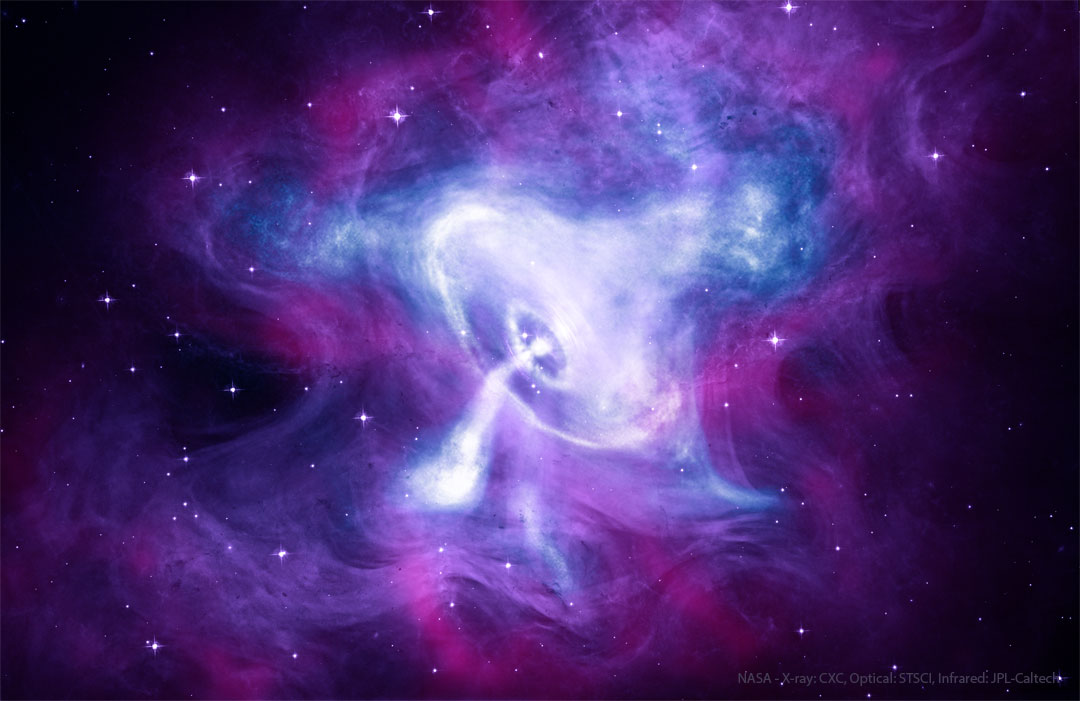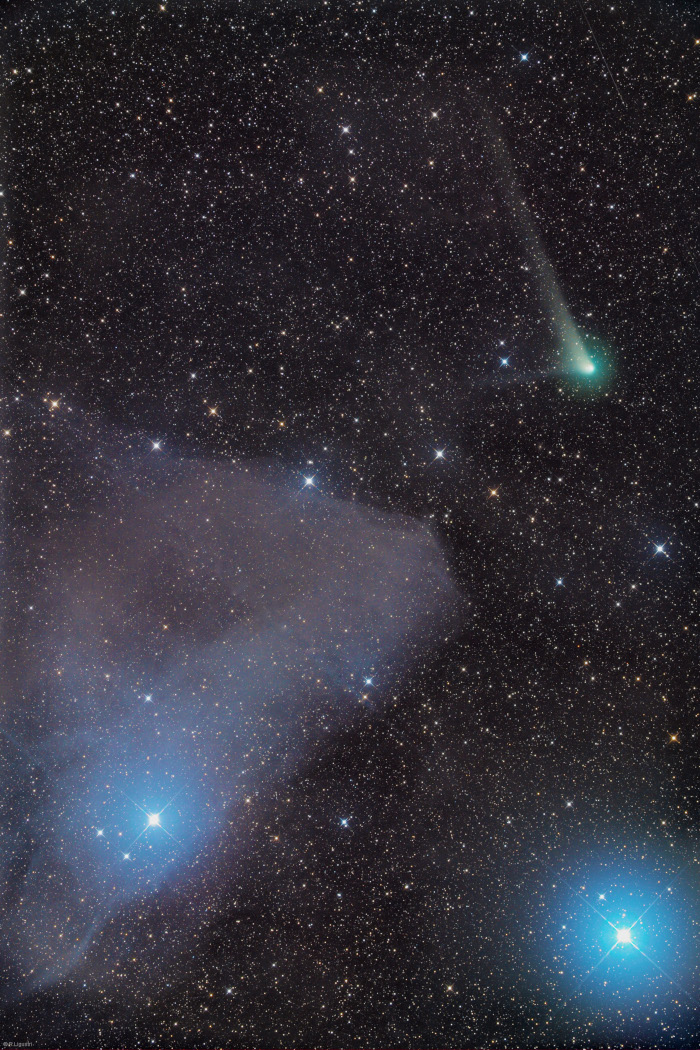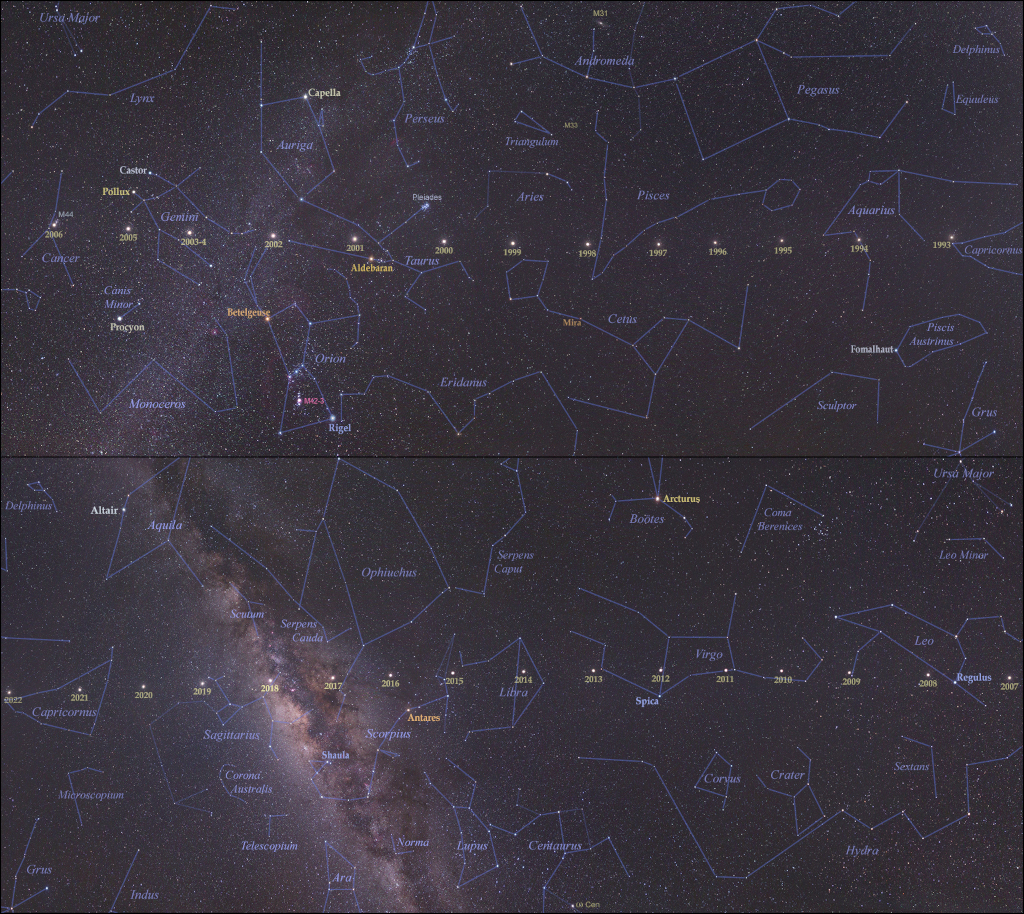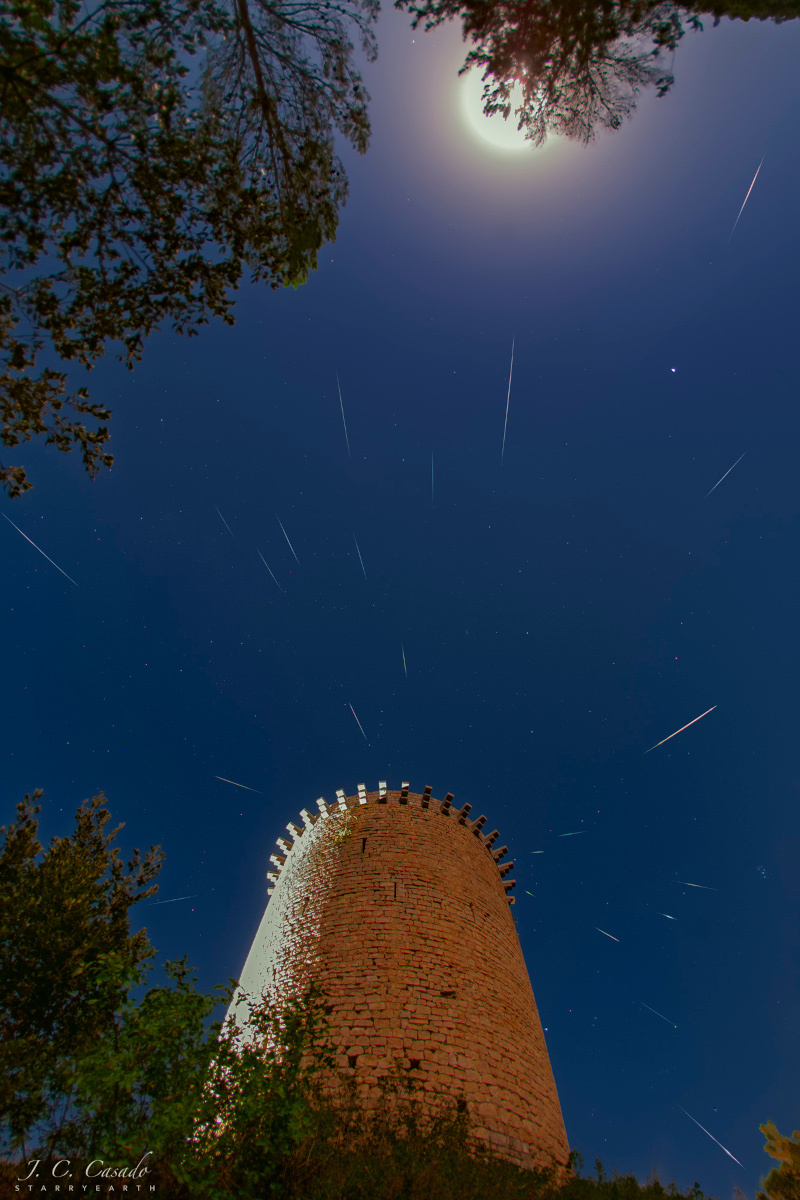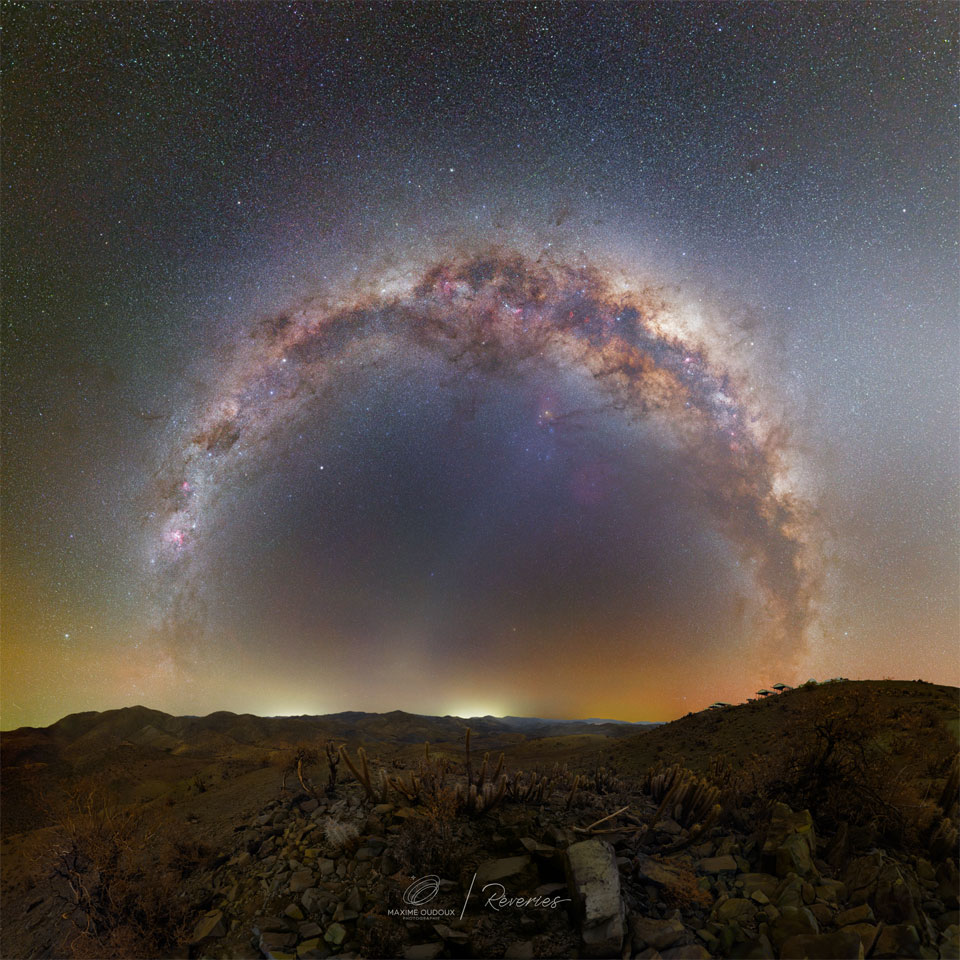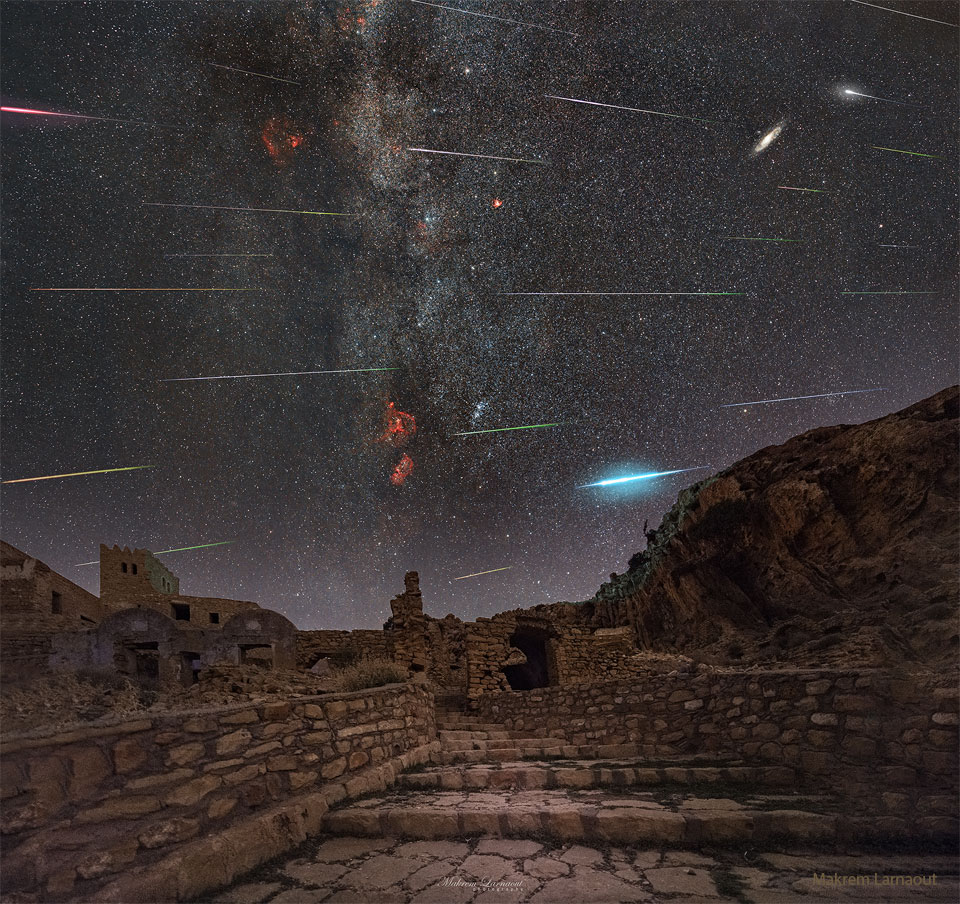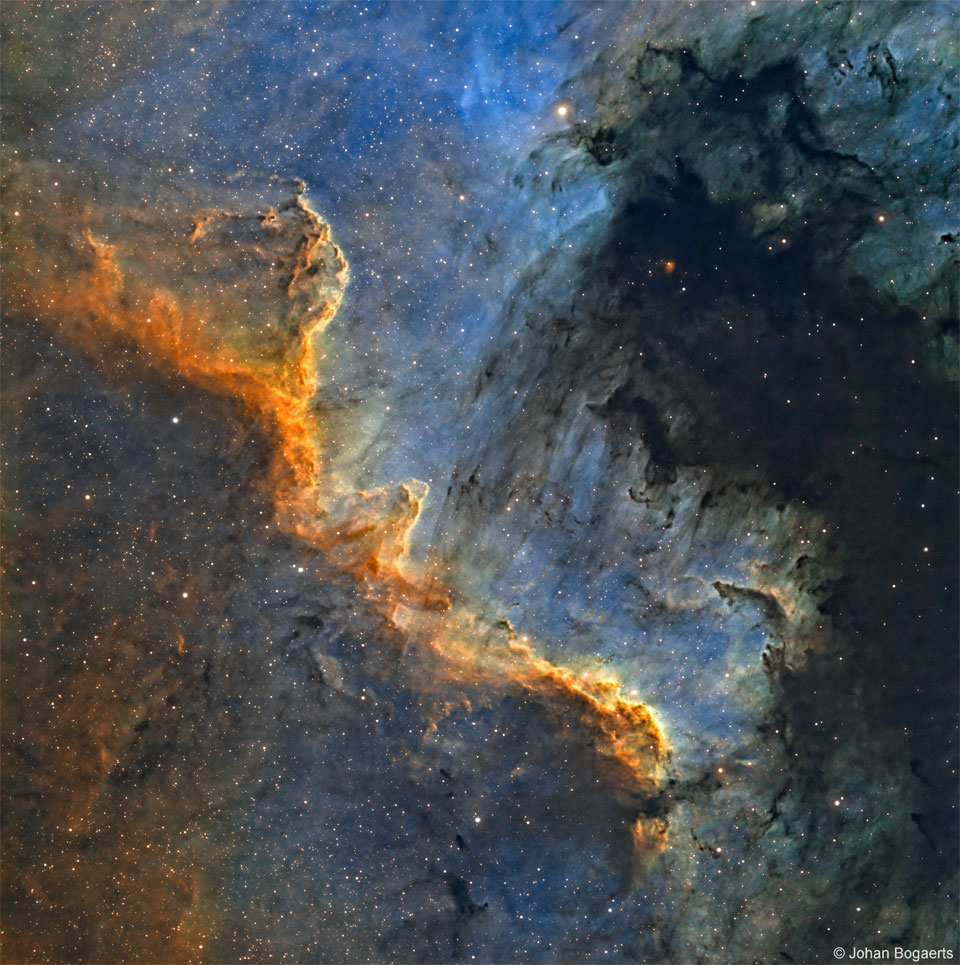안녕하세요, 잡학다식 입니다. 오늘은 과연 나사에서 어떤 방식으로 우주의 형상을 표현해 줄까요?
우선 이미지부터 볼 수 있도록 하겠습니다
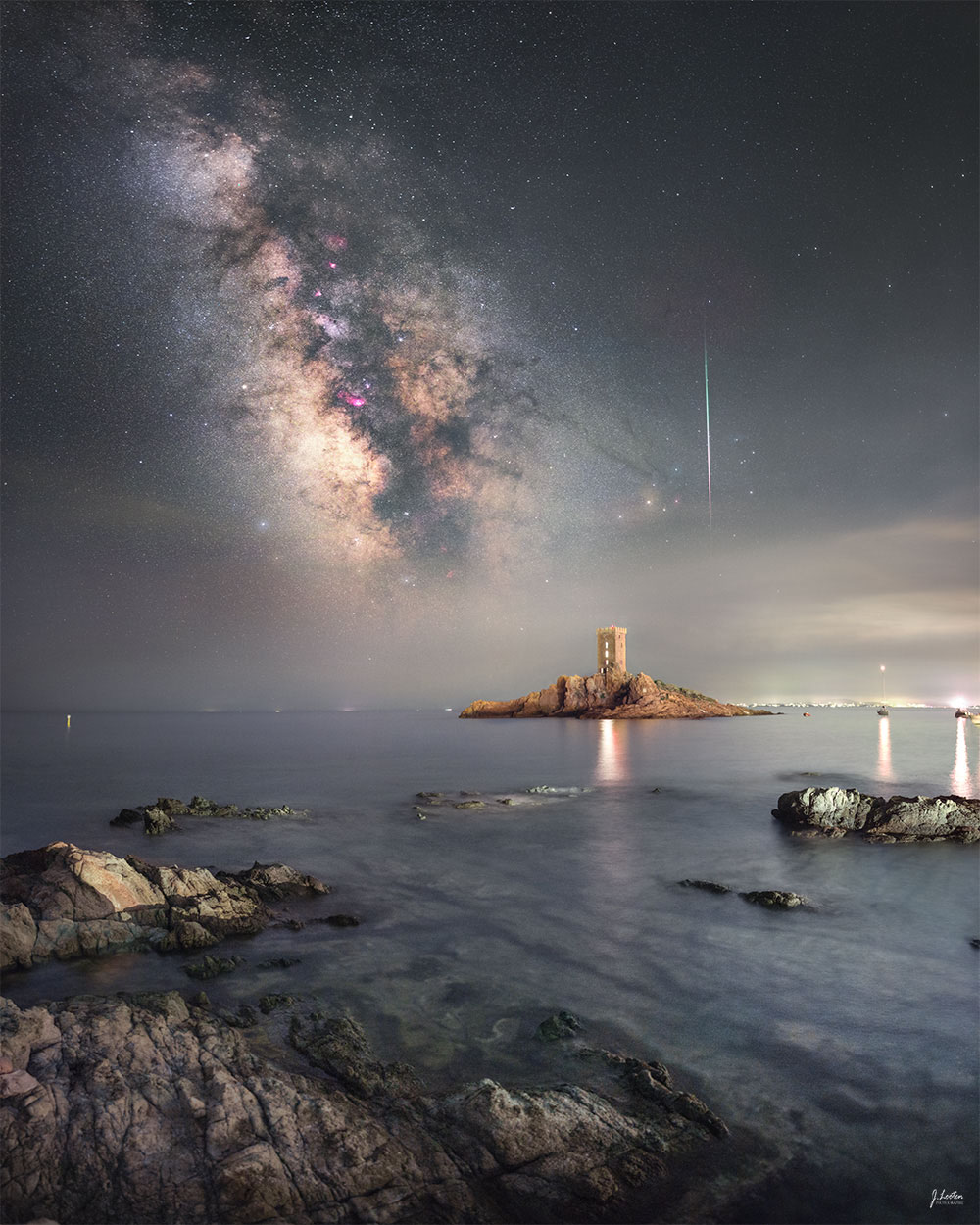
해당 사진의 이름은 Meteor & Milky Way over the Mediterranean 인데요 우선 NASA에서 공식적으로 발표한 설명들을 확인해 보겠습니다
Careful planning made this a nightscape to remember. First, the night itself was chosen to occur during the beginning of this year's Perseid Meteor Shower. Next, the time of night was chosen to be before the bright Moon would rise and dominate the night sky's brightness. The picturesque foreground was selected to be a rocky beach of the Mediterranean Sea in Le Dramont, France, with, at the time, île d’Or island situated near the ominously descending central band of our Milky Way Galaxy. Once everything was set and with the weather cooperating, all of the frames for this seemingly surreal nightscape were acquired within 15 minutes. What you can't see is that, on this night, the astrophotographer brought along his father who, although unskilled in modern sky-capture techniques, once made it a point to teach his child about the sky. Perseid Meteor Shower 2022 Gallery: Notable Submissions to APOD
이번에도 광활한 우주 앞에 인간이 얼마나 작은 존재인지 다시 한번 알게 되는것 같습니다
저는 내일도 더 좋은 사진과 함께 돌아오겠습니다, 그럼 행목한 하루 되시길 바랍니다
'과학상식' 카테고리의 다른 글
| NASA 나사의 오늘의 이미지들 (2022-08-25) (0) | 2022.08.26 |
|---|---|
| NASA 나사의 오늘의 이미지들 (2022-08-24) (0) | 2022.08.25 |
| NASA 나사의 오늘의 이미지들 (2022-08-22) (0) | 2022.08.23 |
| NASA 나사의 오늘의 이미지들 (2022-08-21) (0) | 2022.08.22 |
| NASA 나사의 오늘의 이미지들 (2022-08-20) (0) | 2022.08.21 |
